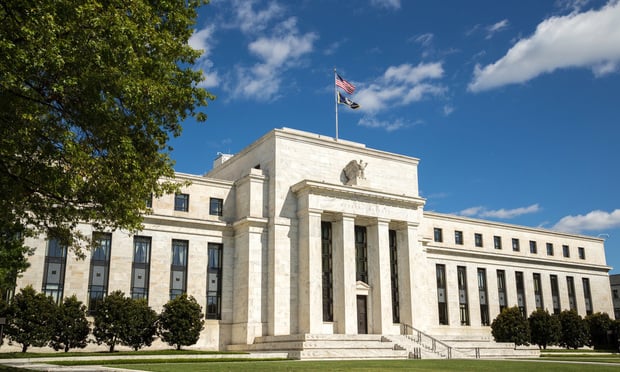WASHINGTON, DC—Pending sales of existing homes rose in March, the first gain in nine months and the biggest increase in the National Association of Realtors' Pending Home Sales Index since May 2011, the association said Monday. The gain was better than economists polled by Bloomberg had expected. In the view of Lawrence Yun, NAR's chief economist, an increase was inevitable.
“After a dismal winter, more buyers got an opportunity to look at homes last month and are beginning to make contract offers,” says Yun. “Sales activity is expected to steadily pick up as more inventory reaches the market, and from ongoing job creation in the economy.”
The PHSI rose 3.4% in March to 97.4 from an upwardly revised 94.2 in February. However, it's 7.9% below March 2013, when it was 105.7. An index of 100 is equal to the average level of contract activity in 2001, according to NAR.
Gains in the index were not uniform across different regions of the US. Faring best was pending home sales in the West, where the index rose 5.6% to 91.0, although that's 11.1% below the year prior. In the South, the increase was 5.6% to an index of 112.7, or off 5.3% year over year.
The PHSI in the Northeast increased 1.4% to 78.8 in March, which is 5.9% below year-ago levels. In the Midwest, the index slipped 0.8% to 94.5 in March, and is off 10.1% Y-O-Y.
Existing-home sales have been trending upward, NAR says, but the year's weak beginning means that 2014 is unlikely to meet last year's volume. Just over 4.9million homes are expected to change hands this year, below the nearly 5.1 million that traded in '13. However, given the ongoing inventory shortages in much of the U.S., the national median existing-home price is expected to grow between 6% and 7% this year.
Be that as it may, economists found the latest NAR report modestly encouraging. “Pending home sales are a leading indicator for existing sales, suggesting at least some positive activity in the pipeline, a welcomed reprieve after last month's -0.2% decline in existing home sales,” says Lindsey Piegza, chief economist at Sterne Agee.
And Jim O'Sullivan, chief US economist with High Frequency Economics Ltd. in Valhalla, NY, told Bloomberg on Monday, “The backdrop in general for housing remains reasonably positive. The labor market is improving, confidence generally has been edging up and mortgage rates are still pretty low.” O'Sullivan had predicted a 2.5% increase in the index; economists polled by Bloomberg had forecast a median increase of 1%.
Continue Reading for Free
Register and gain access to:
- Breaking commercial real estate news and analysis, on-site and via our newsletters and custom alerts
- Educational webcasts, white papers, and ebooks from industry thought leaders
- Critical coverage of the property casualty insurance and financial advisory markets on our other ALM sites, PropertyCasualty360 and ThinkAdvisor
Already have an account? Sign In Now
© 2024 ALM Global, LLC, All Rights Reserved. Request academic re-use from www.copyright.com. All other uses, submit a request to [email protected]. For more information visit Asset & Logo Licensing.








